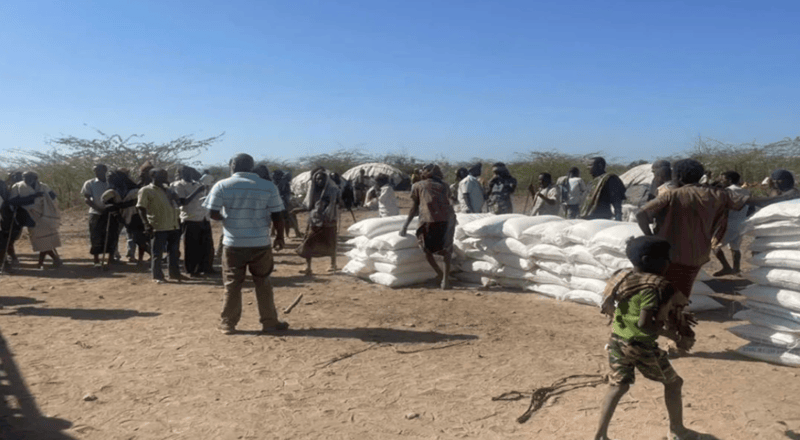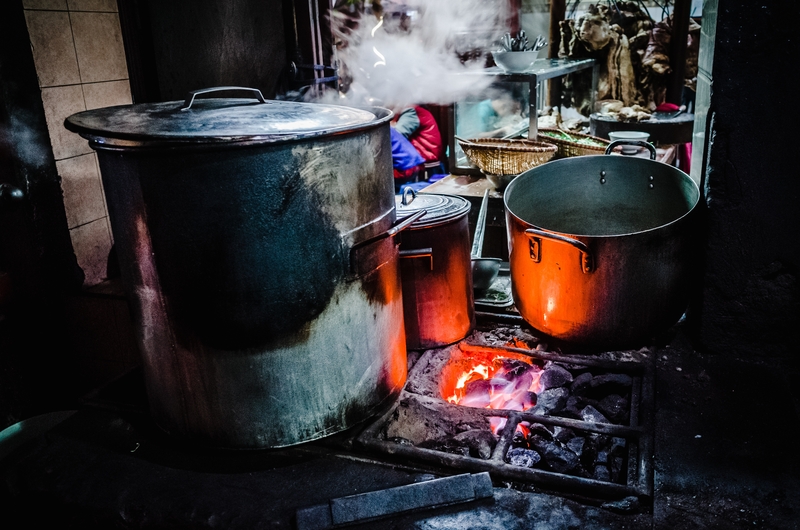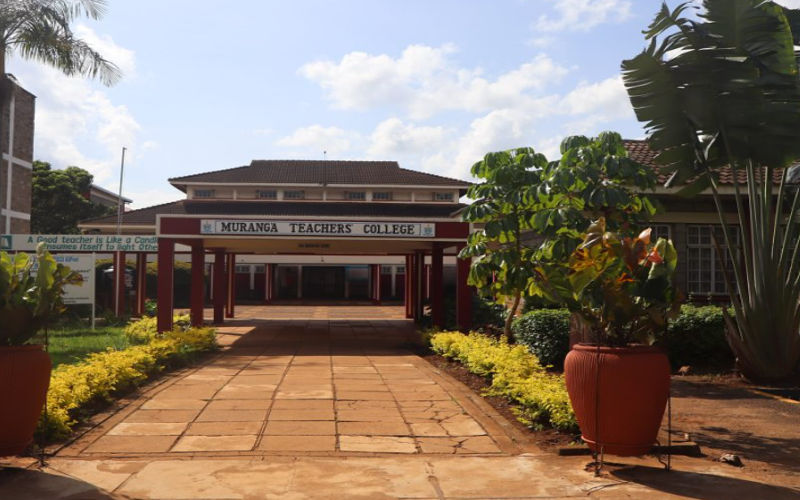Over 30,000 displaced as Ethiopia’s fentale volcanic region is hit by numerous earthquakes

Local officials have also reported widespread damage to homes, schools, health centres, and roads.
Seismic activity in Ethiopia’s Fentale volcanic complex within the Main Ethiopian Rift has heightened significantly since October 2024, causing widespread concern.
A surge in earthquake frequency was recorded in late December 2024, with several magnitude 5 earthquakes and the emergence of steam vents releasing underground gases and vapours.
More To Read
- West Bank settler expansion scheme threatens Palestinian life: UN
- Nearly 50,000 people at risk, over 9,000 livestock perish as drought worsens in Tigray
- Extrajudicial killings, torture, mass detentions: US 2024 report paints grim picture on Ethiopia’s record
- Egypt vows not to give up its Nile water rights despite Ethiopia's Grand Dam completion
- Hospitals overflowing in Gaza, as malnutrition surges
- More than three million displaced people return home in DRC despite ongoing conflict
According to the UN Office for the Coordination of Humanitarian Affairs (OCHA), the developments suggest possible magma movement, though experts remain uncertain about the likelihood of an eruption or its potential source.
The UN Office for the Coordination of Humanitarian Affairs (OCHA) notes that from January 4 to 6, 2025, over 20 earthquakes struck the Awash Fentale area, including a magnitude of 5.8 tremors near the Dofen mountains on January 4.
The tremor caused significant damage to the Kesem Sugar Factory, highlighting the vulnerability of the area’s infrastructure.
More than 80,000 people have been affected across the Afar and Oromia regions, with 30,000 individuals already displaced and 50,000 more undergoing evacuation efforts by the government.
Authorities have designated three relocation sites in Awash district, four in Dulecha district, and eight in Oromia, although the number of sites may be reduced.
Residents have expressed uncertainty about appropriate safety measures, and pastoralist communities face particular challenges in leaving behind their livestock, which are critical to their livelihoods.
“There is an urgent need for the provision of food and water trucking to meet the immediate needs of the displaced population,” OCHA said.
Local officials have also reported widespread damage to homes, schools, health centres, and roads.
Additionally, widening fissures have affected several major routes, raising fears over the Kesem/Sabure Dam. Though designed to withstand earthquakes up to magnitude 5.6, OCHA notes that the dam’s failure could result in catastrophic flooding downstream, potentially threatening hundreds of thousands of lives.
Between January 8 and 10, 18 additional earthquakes measuring between 4.4 and 5.3 in magnitude were recorded, bringing the total number of tremors in the past week to approximately 50.
OCHA highlights that the strongest, a magnitude 5.8, was felt as far away as Addis Ababa.
However, evacuation efforts continue, with 51,456 people registered and partially evacuated to two designated sites in Afar, while approximately 20,325 individuals in Oromia have relocated to informal camps, including schools and other facilities.
Despite these efforts, many remain reluctant to leave their properties or communities entirely.
OCHA has reiterated that the ongoing seismic activity has highlighted the urgent need for food, water, and other humanitarian support for the displaced.
“Authorities are also conducting scientific assessments to better understand the situation, though predictions remain uncertain,” it said.
The cumulative impact of the earthquakes has heightened concerns about the resilience of local infrastructure and the long-term safety of affected communities.
Top Stories Today













































